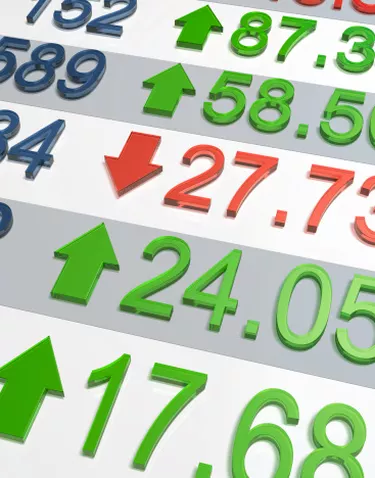
Dividend-paying stocks are like any investment. There is usually the good, the bad and the downright ugly. Higher yielding dividend stocks provide more income, but higher yield often comes with greater risk. Lower yielding dividend stocks equal less income, but they are often offered by more stable companies with a long record of consistent growth and steady payments.
High Yields Could Signal Trouble
Video of the Day
A stock that is offering a substantially higher dividend yield than the market average could be having financial difficulties. The higher dividend yield could be the result of a big drop in the company's share price. If a stock priced at $40 a share paid a $2 annual dividend, that would equal a 5 percent return. But if the stock price dropped to $20 a share, its dividend yield rises to 10 percent.
Video of the Day
High Yields Can Get Slashed
Dividends represent the share of a company's profits that are paid to its investors out of the company's earnings. If earnings fall, a company's board of directors may vote to either cut the dividend or eliminate the payout altogether. If that happens, investors who are anxious for cash flow will sell the stock and its price often falls even lower.
Consider the Payout Ratio
When considering whether a high or low yielding dividend stock is a better investment, look at the payout ratio to gauge the financial conditions of the companies offering them. The payout ratio is the percentage of a company's profits that are being paid to investors in the form of dividends. A good yardstick is 60 percent or less. Anything above that is not likely sustainable.
Dividends Are a Crucial Component of Annual Return
Be it high or low, a company's dividend yield is a key component of its total return. The stock may only be paying a 3 or 4 percent dividend yield, but if its annual yield is 8 percent, the dividend payment actually accounts for about half of the total return. The total return on a stock is the sum of its annual price appreciation and its yearly dividend yield.
Quality Stocks Hold Their Value
In an uncertain stock market that can swing share prices wildly up and down, quality dividend paying companies experience far less volatility. As long as companies are solid enough to keep paying a steady dividend, many investors will hold the stock through thick and thin, making it possible for its share value to potentially appreciate in value during a broad economic downturn.